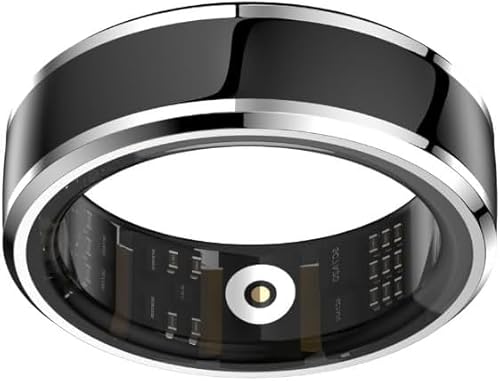Hi!
I did not have surgery myself yet, so I cannot comment on my personal experience. But I really enjoy running and I have followed these kind of discussions over the years with great interest. I read messages from many runners complaining that post- surgery they were unable to achieve the same performance level they had pre-surgery. Unfortunately, this seems to be the norm.
On the other side, I have read somewhere (may be here) that valve surgery is intended to save your life (and restore, hopefully, a normal life span). It is not intended to preserve you athletic level.
If you are a somewhat competitive person who likes to improve his running times (PBs) and have goals to keep motivation up, I beleive it is a good idea to reset your PBs and begin to compute them post-surgery.
Regards
I did not have surgery myself yet, so I cannot comment on my personal experience. But I really enjoy running and I have followed these kind of discussions over the years with great interest. I read messages from many runners complaining that post- surgery they were unable to achieve the same performance level they had pre-surgery. Unfortunately, this seems to be the norm.
On the other side, I have read somewhere (may be here) that valve surgery is intended to save your life (and restore, hopefully, a normal life span). It is not intended to preserve you athletic level.
If you are a somewhat competitive person who likes to improve his running times (PBs) and have goals to keep motivation up, I beleive it is a good idea to reset your PBs and begin to compute them post-surgery.
Regards























